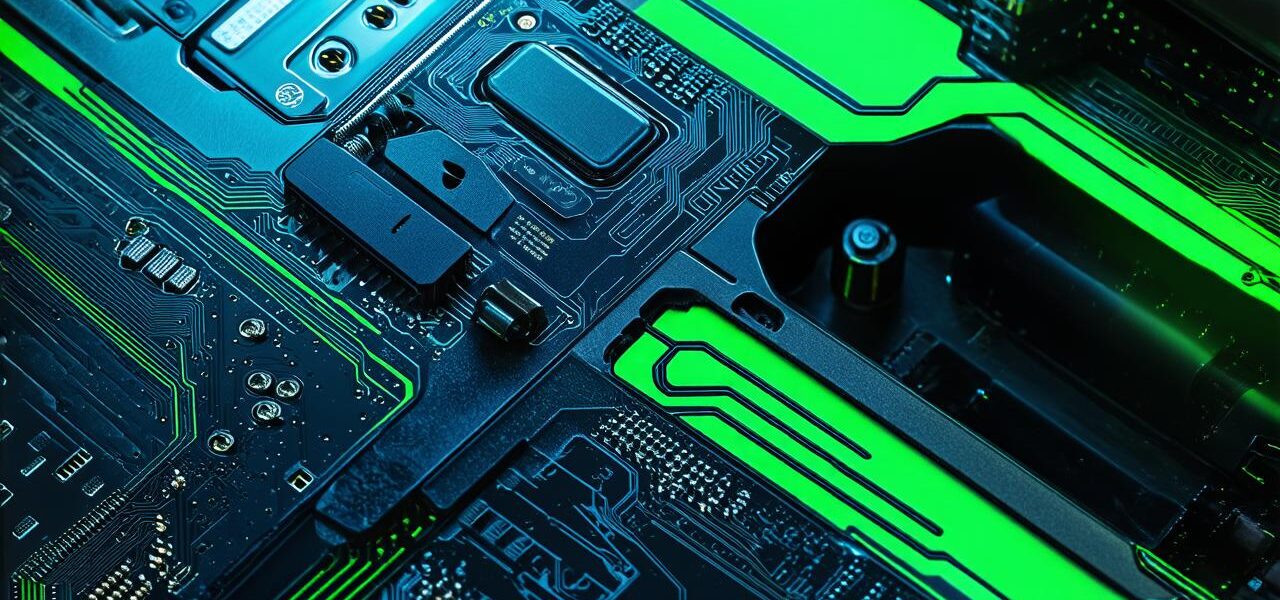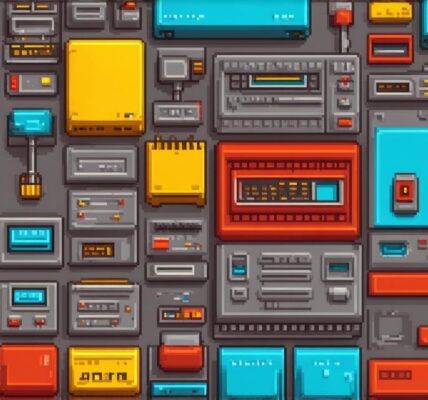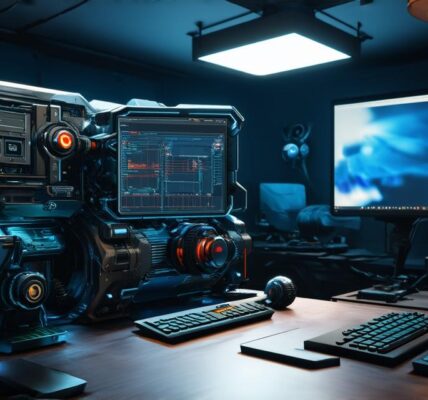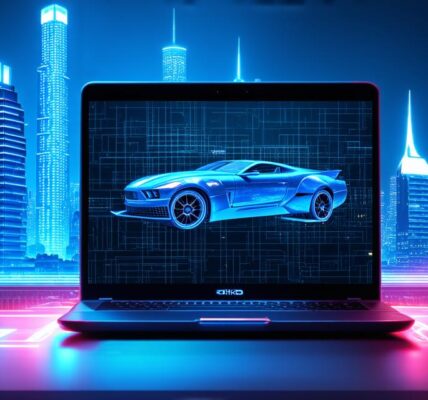Causes of Obs Game Audio and Video Out of Sync
There are several main reasons why obeys game audio and video out of sync can occur. One common cause is that the audio and video tracks are not properly aligned with each other. This can happen if there are delays in the transmission of one or both of the tracks, or if there are issues with the hardware being used to capture the audio and video.
Another cause of obeys game audio and video out of sync is that the settings on the hardware or software being used are not optimized for the specific game. For example, if the audio and video settings are set too high, it can lead to lag and synchronization issues. Similarly, if the resolution or frame rate of the video is set too low, it can cause issues with the audio.
Additionally, other factors such as network latency, computer performance, and software bugs can also contribute to obeys game audio and video out of sync. It’s important for developers to consider all these factors when optimizing their games for better audio and video performance.
Solutions for Obs Game Audio and Video Out of Sync
Fortunately, there are several solutions that game developers can use to fix obeys game audio and video out of sync. Here are some of the most effective:
- Adjust the settings on the hardware or software being used to capture the audio and video. This can include adjusting the frame rate, resolution, and other settings to optimize the performance for the specific game. Developers should ensure that their games are designed to work seamlessly with different hardware configurations, as well as different network speeds and latencies.
- Use a dedicated audio and video capture card, instead of using built-in audio and video capabilities on the computer. This can help to ensure that the audio and video tracks are properly aligned, and that there are no issues with hardware compatibility. Dedicated capture cards often have lower latency than built-in options, resulting in better synchronization.
- Use a software program specifically designed to record gameplay footage, such as Obs Studio or Game Capture. These programs often have advanced settings that can help to optimize performance and prevent synchronization issues. Developers should ensure that their games are compatible with the specific software being used for capturing audio and video.
- Make sure that the computer being used to capture the audio and video has sufficient processing power and RAM. This can help to reduce lag and improve overall performance, especially when running demanding games or recording high-quality footage. Developers should consider optimizing their games for better performance on different hardware configurations.
- Use a network cable instead of Wi-Fi to transmit the audio and video signals. This can help to ensure that there are no issues with interference or interruptions, resulting in better synchronization. Developers should ensure that their network infrastructure is capable of handling high-quality audio and video transmissions without any lag or delays.
FAQs
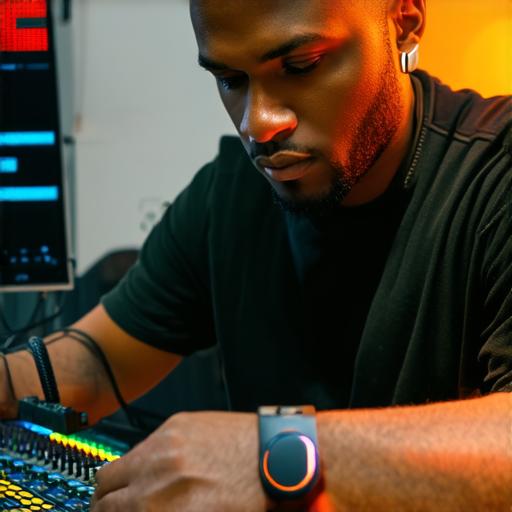
1. Q: How do I know if my obeys game audio and video is out of sync?
A: If you notice that the audio and video tracks are not in sync, or if there is lag between the two, then it is likely that your obeys game audio and video is out of sync. Developers should test their games on different hardware configurations and network speeds to identify any potential issues with audio and video synchronization.
2. Q: Can I fix my obeys game audio and video out of sync without buying new hardware?
A: Yes, there are a number of solutions that you can try to fix obeys game audio and video out of sync without having to buy new hardware. These include adjusting the settings on your computer or software, using a dedicated capture card, and using a network cable instead of Wi-Fi.
3. Q: What are some common causes of obeys game audio and video out of sync?
A: Some common causes of obeys game audio and video out of sync include delays in the transmission of one or both tracks, issues with hardware compatibility, software bugs, network latency, computer performance, and resolution or frame rate settings. Developers should consider all these factors when optimizing their games for better audio and video performance.
4. Q: How do I ensure that my game is compatible with different hardware configurations?
A: To ensure that your game is compatible with different hardware configurations, developers should test their games on a variety of devices and network speeds. They should also consider optimizing their games for different hardware specifications, such as CPU, RAM, and graphics card capabilities. Developers should also ensure that their software is compatible with the specific capture card being used for audio and video recording.
5. Q: What are some best practices for optimizing game performance for better audio and video synchronization?
A: Some best practices for optimizing game performance for better audio and video synchronization include using dedicated audio and video capture cards, adjusting settings such as frame rate and resolution, ensuring sufficient processing power and RAM, using a network cable instead of Wi-Fi, and testing games on different hardware configurations and network speeds. Developers should also consider optimizing their games for better performance on different hardware specifications, such as CPU, RAM, and graphics card capabilities. Additionally, developers should ensure that their software is compatible with the specific capture card being used for audio and video recording.
Conclusion
Obeys game audio and video out of sync can be a major issue for gamers and game developers alike. However, by understanding the causes and implementing solutions such as adjusting settings, using dedicated capture cards, and optimizing games for better performance, developers can improve the overall gaming experience for their players. With a little bit of effort and attention to detail, developers can ensure that their obeys game audio and video is in sync, leading to a more immersive and enjoyable gaming experience for all.
